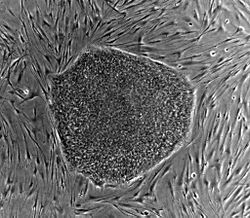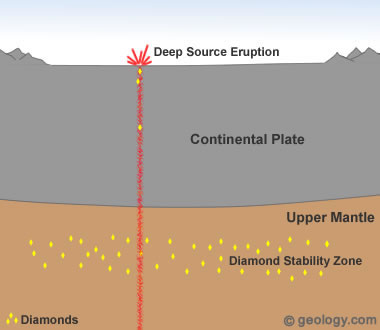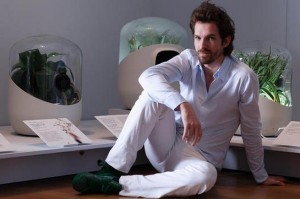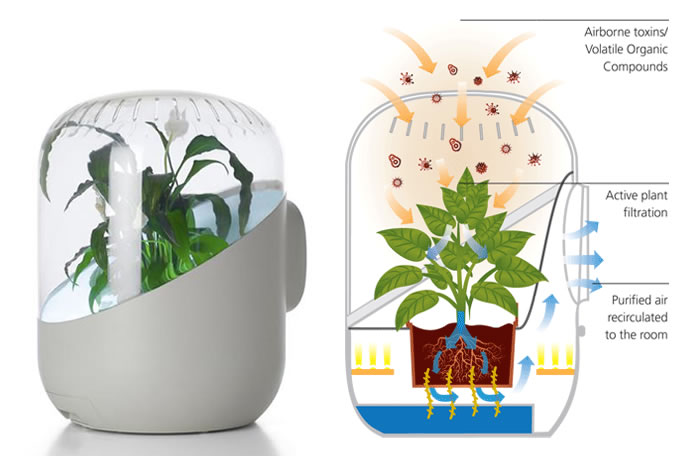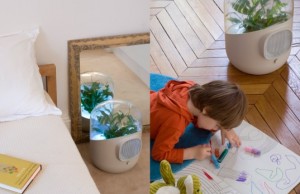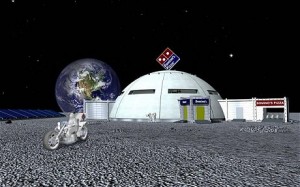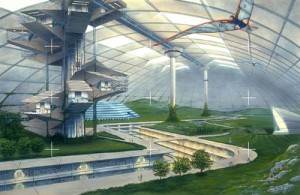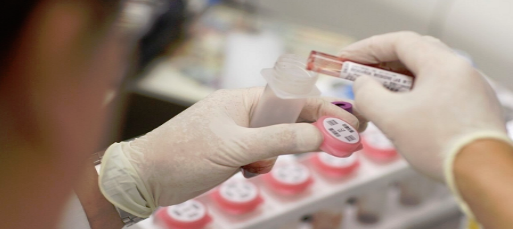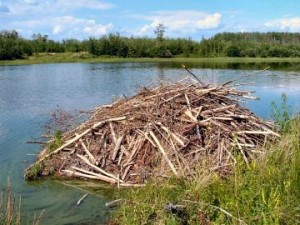Climate change has been occurring at a global level, and as the temperatures rise, so does the threat on the survival of baby seal pups in the Arctic. The Arctic, which is home to Harp seals (scientifically known as Pagophilus groenlandicus), has lost half of its ice volume in the past 8 years. As these polar ice caps are shrinking, the baby seals dependant on this ice are put at risk.
Baby Seals in the Arctic :

A seal on a patch of ice
from:http://www.public-domain-image.com/fauna-animals-public-domain-images-pictures/seals-and-sea-lions-public-domain-images-pictures/harbor-seal-pictures/harbor-seal-on-patch-of-ice-floating-in-water-phoca-vitulina.jpg.html
Female seals search for specific ice conditions on which they birth their pups from February-March. Thick ice conditions are necessary for nursing and raising these pups. The mothers must find regions of thick, solid ice ranging from 15 cm – 120 cm thick. The ice must be stable because after 12 days of nursing, the mother leaves the pup by itself for 1 month on this region of ice. The pup practises hunting in nearby waters and continuously returns to the ice to rest. This growth period on the ice is crucial to the survival of the seal because as April approaches, the waters warm and the ice begins to break. Once the ice breaks apart, the pup must have become strong enough to swim and be independent of the ice. If it hasn’t achieved this at this point, it can drown from exhaustion or be crushed by moving ice.
Climate Change in Polar Regions:
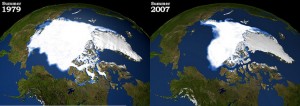
Satelite composites of sea ice extent at the Summer Minimum, in September 1979 and 2007.
from: http://www.flickr.com/photos/climatesafety/3268623163/
Greenhouses gases, mostly produced through various activities of the human population, has lead to an increase in the average temperature of the Earth’s atmosphere. The effects of this have greatly impacted the Arctic regions of our planet.The ice of the Arctic is drastically disintegrating, and over the past few decades the ice used by seals has noticeably reduced. Global warming can be thought of as a vicious cycle, because since the Arctic ocean is unable to ventilate nearby oceans properly, it’s causing more warming. Furthermore, the melting of the ice causes there to be less reflection of the suns heat. This means that the heat is being absorbed by the earth, ultimately leading to more warming.
Baby Seals feeling the heat:
The premature warming of the waters and drastic melting of the ice at the polar caps is directly affecting the ice on which pups develop and grow. Harp seals prefer the thickest ice to birth and nurse their pups. However, these pups are being put at risk during their most vulnerable state due to the climate change that’s occurring. As a result, baby seals are being crushed or drowning. A study has shown that seal deaths have risen in response to the loss of sea ice. Without a doubt, the pup mortality rate is being affected by the amount of declining ice at the Arctic regions.
Since seals are unable to control this situation, let alone raise awareness to this topic, it’s our responsibility to come together to form a solution for the problem we have created. Otherwise, soon we will all be on thin ice.
By: Nadia A. Kari

